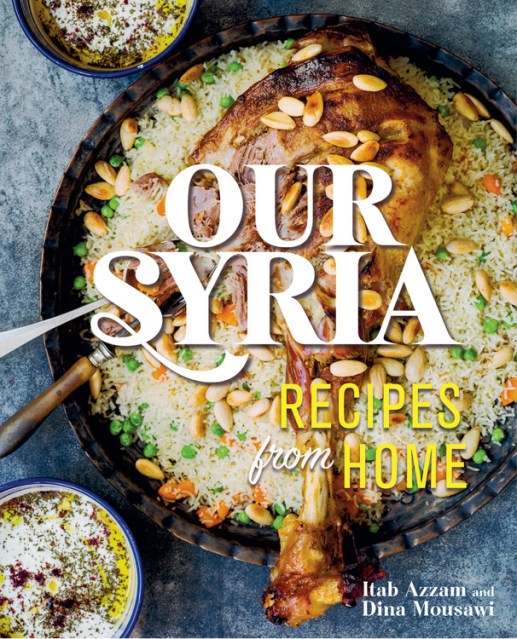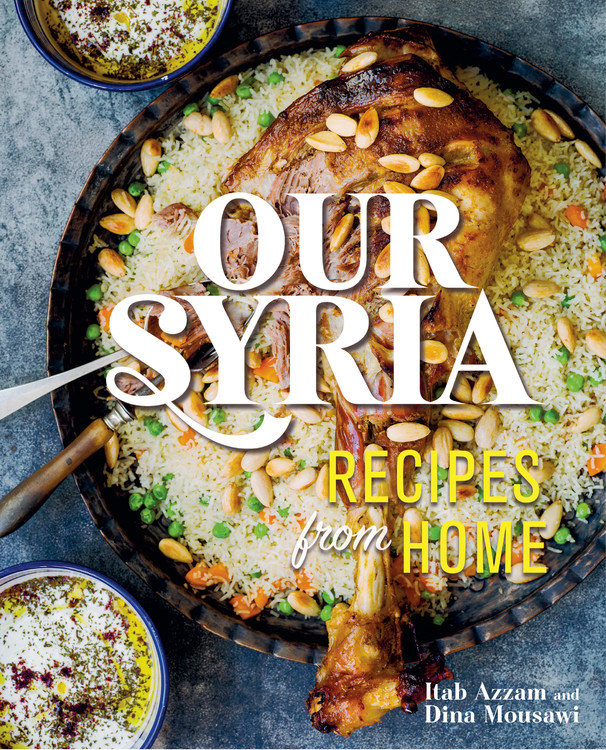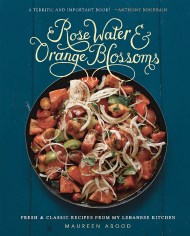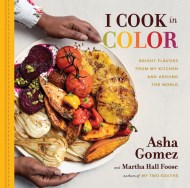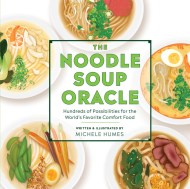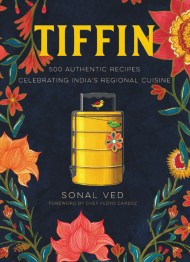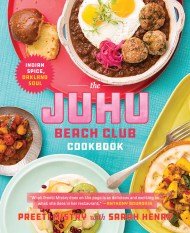Promotion
Use code MOM24 for 20% off site wide + free shipping over $45
Our Syria
Recipes from Home
Contributors
By Dina Mousawi
By Itab Azzam
Formats and Prices
Price
$30.00Price
$39.00 CADFormat
Format:
- Hardcover (New edition) $30.00 $39.00 CAD
- ebook $15.99 $19.99 CAD
This item is a preorder. Your payment method will be charged immediately, and the product is expected to ship on or around October 3, 2017. This date is subject to change due to shipping delays beyond our control.
Also available from:
Syria has always been the meeting point for the most delicious flavors from East and West, where spices and sweetness collide. Even now, in possibly the country’s darkest hour, Syrian families in tiny apartments from Beirut to Berlin are searching out the best tomatoes, lemons, pomegranates, and parsley to evoke the memory of home, keeping their treasured food history alive across continents.
Friends and passionate cooks Itab and Dina met Syrian women in the Middle East and Europe to collect together the very best recipes from one of the world’s greatest food cultures. They spent months cooking with them, learning their recipes and listening to stories of home. Recipes like the following elicit vibrant images of an ancient culture:
- Hot Yogurt Soup
- Fresh Thyme and Halloumi Salad
- Lamb and Okra Stew
- Chicken Shawarma Wraps
- Semolina and Coconut Cake
Our Syria is a delicious celebration of the unique taste, culture, and food of Syria-and a celebration of everything that food and memory can mean to an individual, to a family, and to a nation.
Genre:
- On Sale
- Oct 3, 2017
- Page Count
- 256 pages
- Publisher
- Running Press
- ISBN-13
- 9780762490523
Newsletter Signup
By clicking ‘Sign Up,’ I acknowledge that I have read and agree to Hachette Book Group’s Privacy Policy and Terms of Use
